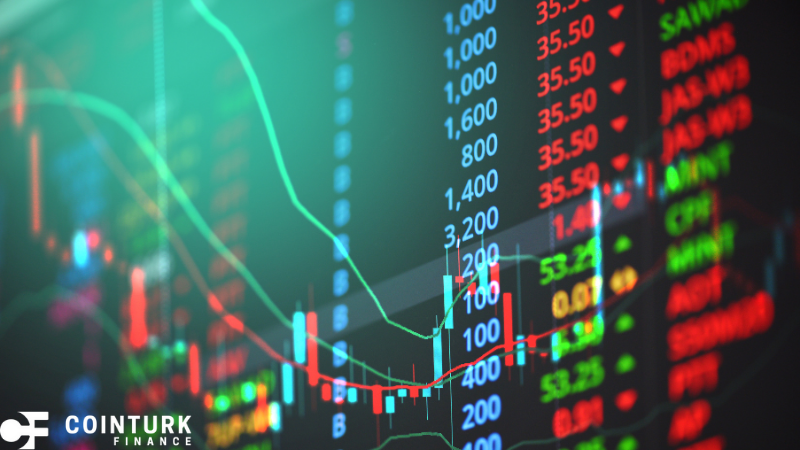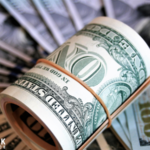Investors seeking substantial returns on investments often turn to high-yield dividend stocks, which offer regular income alongside potential stock price appreciation. These stocks serve as a preferable option for those looking to enhance their investment portfolio’s income stream without solely relying on market price fluctuations. However, investing in high-yield stocks requires a balanced approach that considers the financial stability of the company and its ability to maintain dividend payments amidst varying economic conditions.
Background of High-Yield Dividend Stocks
High-yield dividend stocks are particularly appealing during times of market uncertainty when investors look for reliable income streams. The allure of these stocks lies in their potential to provide higher income in short periods, which can be particularly appealing to retirees or those seeking steady cash flows. It is essential, however, to approach these investments with a cautious strategy, weighing the company’s long-term viability and industry position to ensure sustainable dividend payouts.
Analysis of Current High-Yield Opportunities
Recent reports suggest a list of top-performing high-yield dividend stocks, which have been meticulously chosen based on their market size, dividend history, and financial health. This selection includes companies across various sectors, providing a diversified range of options for investors. Each listed company has a significant dividend yield, promising lucrative returns for those willing to delve deeper into individual company performance and industry trends. These high yields are often indicative of special market conditions or specific company strategies aimed at attracting shareholder investments.
Practical Insights for Investors
- Investigate the sustainability of dividend payments before investing.
- Diversify investments across different sectors to mitigate risks.
- Monitor industry trends that might impact dividend payouts.
Investors interested in high-yield dividend stocks should not only focus on the yield percentage but also consider the company’s overall financial health and the economic environment. A thorough analysis can uncover whether high dividends are a sign of a company’s strong cash flow or a red flag indicating potential financial distress. Consequently, it is advised to diversify one’s portfolio across different sectors and to regularly review investment positions in response to any significant market changes.
In conclusion, while high-yield dividend stocks can be an attractive option for generating income, they require careful selection and ongoing scrutiny. By understanding the factors that contribute to a company’s ability to sustain dividends, investors can make more informed decisions that balance potential risks against the benefits of high returns. Engaging with financial experts for personalized advice can also provide additional insights tailored to individual financial goals and circumstances.










